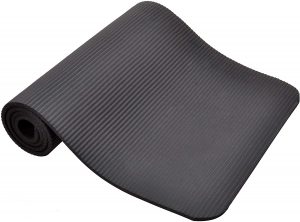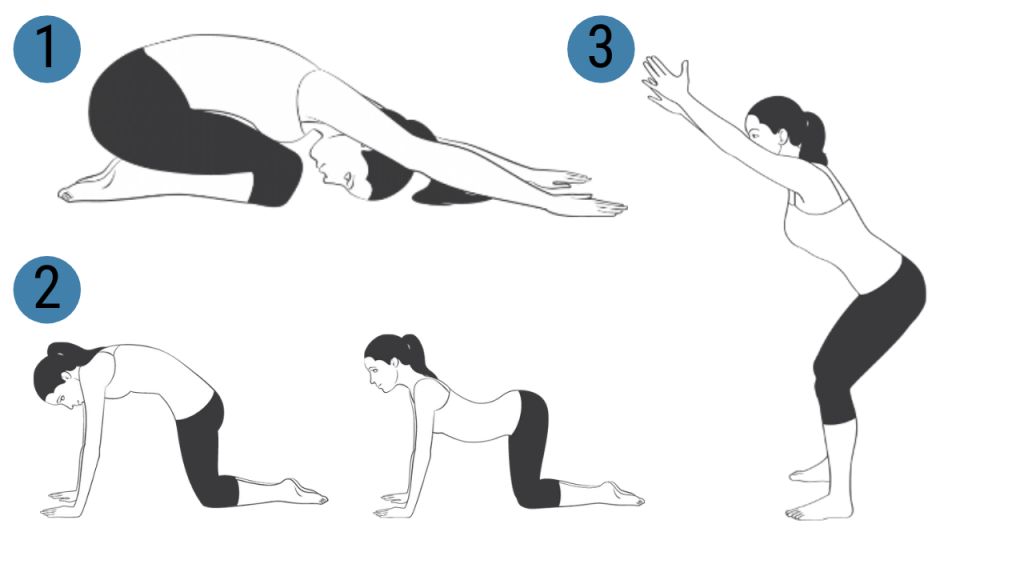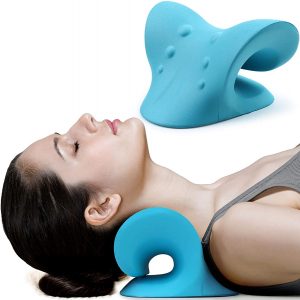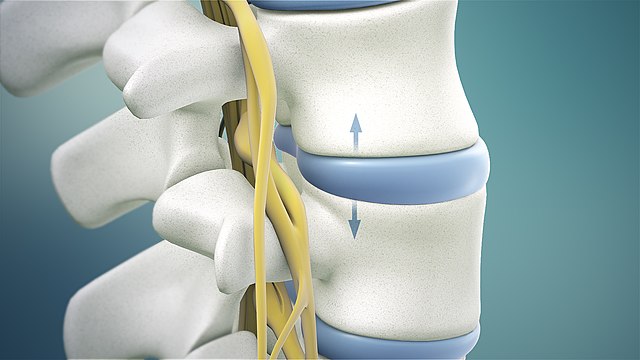These days, neck pain and back pain are common issues plaguing almost everyone. As most of the population becomes more tech-savvy, we are all spending more time bent over our computers or smartphones.
Whether that’s due to our careers, our continuing education, or pure browsing, the fact of the matter is, technology is ruining our posture and causing damage to our spines.
Spinal decompression can provide benefits to those who are suffering from lower back pain and neck pain. Your local chiropractor can accomplish this kind of decompression therapy on their specially designed tables.
Unfortunately, not everyone has the time or resources to book a chiropractic appointment. Despite this, spinal decompression remains today to be one of the most popular and in-demand treatments offered by chiropractors because it works.
Therefore, it is beneficial for you to learn how to achieve that same relief in your very own home. This article will outline critical exercises, stretches, and at-home spinal decompression tools that can help you.
Before we begin, it is still crucial for you to consult with a medical professional before you attempt to treat yourself with spinal decompression. Some conditions are not suitable for the treatment, and you must make sure you are doing the exercise or stretch correctly and with the proper form.
What Causes Back And Neck Pain?

Here are some of the three common reasons why a person would get back or neck pain :
- Poor posture – Sitting with poor posture can put stress on your spine. Over time, your ligaments become overstretched, and it puts pressure on your muscles, joints, and nerves.
- Muscle Strains – Heavy lifting and improper lifting can cause minor muscle strains, which heal on their own. Still, more severe muscle strains need physiotherapy and will worsen if not looked after properly.
- Ligament Sprains – Stretching your ligaments too quickly or too far will cause them to tear, resulting in swelling and subsequent pain. This usually occurs if you have been in a sporting accident or motor vehicle accident.
What Is Spinal Decompression Therapy And How Does It Work?
Spinal decompression therapy refers to a non-surgical, non-invasive, and drug-free procedure that stretches the spine allowing the spinal disks to become decompressed.
The act of stretching changes the spine’s position and force, relieving pressure on your spinal discs and underlying nerves.
As a result, the decompression helps to promote the movement of oxygen, blood, water, and other nutrient-rich fluids into the disks so they can begin the healing process.
Who Would Benefit From Spinal Decompression?
Spinal decompression therapy can help the following conditions:
- Anyone with Sciatica (low back/leg pain)
- Neck Stiffness (Arm Pain/Numbness)
- Spinal Stenosis (pressure on the nerves that travel through the spine)
- Pinched nerve
- Herniated Spinal Disc ( also known as bulged, slipped, or ruptured)
- Arthritis
- Spine Degeneration
- Lower Back Pain
- Numbness
- Osteoarthritis (the most common form of arthritis worldwide)
- Facet Syndrome (wear and tear on the spinal cartilage)
- Scoliosis (sideways curvature of the spine)
- Headaches
As you can see, a broad number of spinal ailments can benefit from non-surgical spinal decompression therapy.
Useful Tools for Spinal Decompression at Home
Pull-Up Bar/Chin-Up Bar

If you already do some exercises at home, you may have invested in a pull-up bar. If not, don’t worry, it won’t break the bank!
Pull-up bars are a great tool to have if you want to try spinal decompression at home.
What you want to do (after making sure the bar is secured) is to perform an exercise called a “bar hang.”
You will want to hold onto the pull-up bar with both hands and then let your body hang, using gravity to pull you down. You can hang from the bar for 10 to 30 seconds, depending on your comfort level.
Take a minute break and then continue hanging for another four to six repetitions. Somebody should do this exercise two to three times per day for sustained relief.
BalanceFrom Yoga Mat
 There are many yoga stretches and postures that can help aid you in spinal decompression.
There are many yoga stretches and postures that can help aid you in spinal decompression.
It would be useful to have a thick yoga mat to perform these stretches, especially if you’re on a hard floor.
This 1/2 inch thick yoga mat comes with a knee pad and is highly recommended on Amazon.
Try doing the following three yoga poses for decompressing your spine:

© Morgan Massage. All rights reserved.
- Child’s Pose
- Cat and Cow Pose
- Chair Pose
Chairs
Pretty much everyone has some chairs in their home, be it dining chairs or a sturdy office chair, preferably without wheels.
Using a chair, you can do something called positional decompression. Lie flat on your back, and rest your calves and feet on the sear of your chair.
Keep your knees bent at a 90-degree angle and your arms by your side. This position will take the stress off of your lumbar area if you are experiencing pain.
Cervical Traction Device

According to over 1700 reviews, this patent-pending neck and shoulder relaxer can relieve neck pain in just 10-minutes.
That’s a big claim, for even a skilled massage therapist can’t deliver such speedy results. However, for under $25, it’s a small expense for much-needed relief.
All you need to do is rest your neck back onto it and it feels like two hands holding your neck up. Unlike other neck contraptions, that wobble, this feels more sturdy while providing gentle traction.
The Neck Hammock
This handy neck gadget uses a hammock shape with neck support and cords that you attach to a doorknob. You then lie flat on the ground with the device holding your head.
It works by gently tractioning your head away from the neck to stretch and decompress the spinal cord. This in turn increases blood flow, and oxygenates the surrounding muscles, decreases pain, and increases the mobility of the neck and shoulders.
So there you have it, the most useful tools for spinal decompression at home.
Author’s Bio
Robyn Hang is a content writer for BreezeMaxWeb. When she’s not writing, you can find her singing karaoke in her car or brushing up on her Mandarin.


